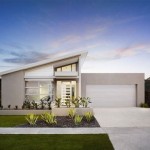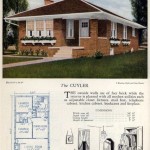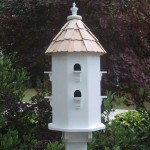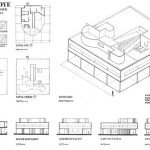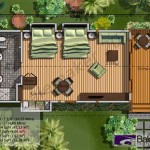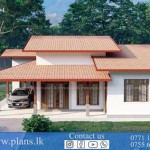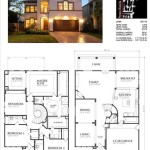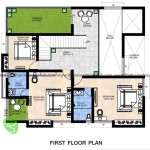Essential Aspects of Fire Tower Cabin Plans: A Comprehensive Guide
Fire tower cabins, perched atop towering structures, offer unique and captivating experiences in the wilderness. Whether you're an avid hiker, a passionate nature enthusiast, or simply seeking an escape from the hustle and bustle, the allure of these secluded havens is undeniable. Designing and building a fire tower cabin requires careful planning and attention to essential aspects to ensure a safe, comfortable, and unforgettable retreat.
Foundation and Structural Integrity
The foundation and structural integrity of your fire tower cabin are paramount. The base of the tower, constructed from durable materials such as concrete or steel, must provide a solid and unwavering support for the structure. The cabin itself should be engineered to withstand varying weather conditions, including high winds and seismic activity. Consider using sturdy materials like treated lumber or metal framing for added strength and longevity.
Access and Safety Features
Access to the cabin should be well-planned and safe. Most fire tower cabins are reached by climbing a series of stairs or a ladder. Ensure that these access points are well-maintained, with adequate lighting and handrails for support. Additionally, include safety features such as fire escapes or emergency exits to facilitate evacuation in case of emergencies.
Layout and Space Planning
When designing the layout of your fire tower cabin, consider maximizing space efficiency while maintaining a comfortable ambiance. The cabin should accommodate sleeping quarters, a seating area, and a kitchenette. Consider incorporating large windows to provide breathtaking views of the surrounding landscape. Natural light will also create a more inviting and airy atmosphere within the cabin.
Electrical and Plumbing Systems
Electrical and plumbing systems are essential for the functionality and comfort of your fire tower cabin. Off-grid systems, powered by solar panels or generators, are commonly used to provide electricity. For plumbing, consider installing a rainwater catchment system or a connection to a well or nearby water source. Ensure that all electrical and plumbing components meet relevant codes and standards for safety and reliability.
Ventilation and Insulation
Proper ventilation is crucial in preventing moisture buildup and ensuring a comfortable indoor environment. Include windows that can be opened to promote airflow. Additionally, consider installing a small exhaust fan or chimney to remove moisture and prevent condensation. Adequate insulation is also essential for temperature regulation, ensuring warmth in colder months and coolness during the summer. Choose insulation materials that are suitable for the specific climate and conditions at your site.
Fire Safety and Precautions
Fire safety should be a top priority in any fire tower cabin. Install smoke detectors and fire extinguishers throughout the cabin. Consider using flame-resistant materials for furnishings and building materials. Create a designated fire escape plan and ensure all occupants are familiar with the evacuation procedures. Additionally, provide adequate fire protection equipment such as hoses or sprinklers near the cabin.
By carefully considering these essential aspects when planning your fire tower cabin, you can create a safe, comfortable, and unforgettable retreat that will provide endless moments of relaxation and rejuvenation in the heart of nature.

The Lookout Cabin Log Home Floor Plan Everlog Systems

The Lookout Cabin Log Home Floor Plan Everlog Systems

Lookout Tower Cabin Barn Style House Architecture

Elevation New House Plans Tower Building A

40 Fire Tower House Ideas Design

Fire Towers Converted To Homes Designs Ideas On Dornob

Group Moving Ahead With Plans For Mount Peak Tower Courier Herald

Off Grid Lookout Tower Cabin In Tiller

Fire Tower House Warren Nh Eclectic Exterior Burlington By East Branch Builders Houzz

Phoenix Rising Fire Tower Icf Builder

